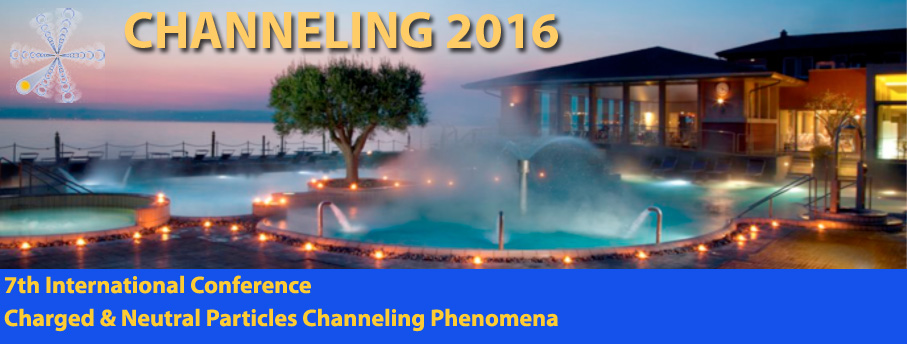Speaker
edward tsyganov
(cold fusion power int)
Description
Chemical energy—oil and gas—will run out in the next 30–50 years. In addition to drying out our chemical energy sources, there is the so-called greenhouse effect, which imposes severe restrictions on the use of fuel. Nuclear reactors use uranium and thorium, and their reserves will last for no more than 100–200 years.
Cold nuclear fusion in metals is possible due to the fact that the implantation of impurity atoms in a crystal leads to their excitation at p-levels in the crystalline niches of the conductor. Conduction electrons do not allow an unexcited atom of impurity to exist in conductive crystals. This prohibition is overcome with the excitation of an impurity atom at by 10 eV or more, that is essentially a chemical reaction. If two such atoms are placed in the same cell at a small distance in a crisscross configuration, the residual quantum vibration with a frequency of 1017 appears between the nuclei of these atoms. In the fraction of a second, the reduced Coulomb barrier is overcome; and the fusion of two deuterium atoms into a helium nucleus occurs.
There are signs that the USA soon will deal with cold nuclear fusion phenomenon in the Defense Advanced Research Projects Agency (DARPA).
Primary author
edward tsyganov
(cold fusion power int)

